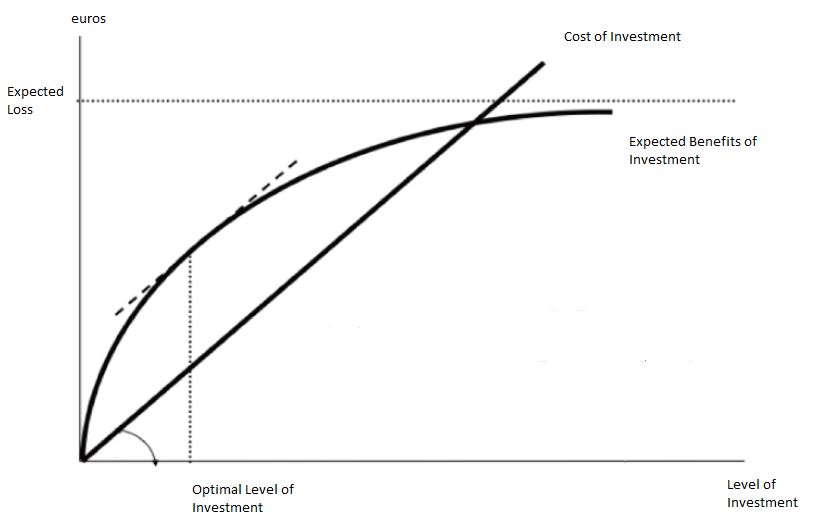You’ve just moved into a lovely house. It has these wonderful smart lights, with a wonderful smart oven, fancy smart thermostats, with a smart refrigerator, smart locks, and a smart security system. There’s only one problem: not only do you not have all that fancy access for your apps, but perhaps the old owner still does, and he didn’t leave willingly, something you don’t know. Sounds crazy? We sure have come a long way from just getting the keys and the garage door openers, and one cannot just call a locksmith.
Many – but not all – IoT-enabled devices have some form of factory reset capability. Often, this amounts to inserting a paperclip into a pinhole and holding it for 10 seconds or so, but as we’ll see the procedure varies by device type, and it is not possible for some devices. Your stove is unlikely to have anything to stick a metal object in, for instance, nor will outdoor lights. In these cases, there will generally be some vendor instructions. In the case of Philips Hues, the only available reset option is to reset the bridge that is used to communicate with the lights. If the bridge is fastened to the wall, as demonstrated in the picture, this means removing it first. This, by the way, requires not only that the bridge be re-paired with the lights and with your app, but that all configuration for the lights be re-established.
What about smart locks? Clearly one of the highest priorities upon taking possession of a home is to control who can enter. If you are leasing a home, some smart locks have master codes that the landlord will set and maintain. In this case, all is “good” (assuming you don’t mind your landlord having access) unless the landlord loses the code. If you bought your dwelling, or if the landlord did lose the code, what to do? Again, this will vary by vendor. For example, here are the instructions for the Yale Assure Lever (YRD256):
- Remove battery cover and batteries.
- Remove the interior escutcheon to access the reset button.
- Locate the white reset button near the PCB cable connector.
- Press and hold the reset button for a minimum of three (3) seconds while simultaneously replacing the batteries.
- Once batteries are replaced, release the reset button.
- Reassemble the lock.
You might be wondering what an escutcheon is. According to Google, it’s a flat piece of metal for protection and often ornamentation, around a keyhole, door handle, or light switch.
Next, let’s have a look at the oven. Let’s say that you have a Signature Kitchen Suite Double Wall Oven such as the one pictured to the left. According to the instructions, all it says is… follow the app instructions. You better hope there are some, or a service call to SKS will be in order. By the way, one might reasonably ask what could happen if you don’t reset this device? First, the device itself won’t be able to receive security updates, assuming the company issues any to begin with. This means the oven could be vulnerable to attack. If the oven app was used by the previous owner, then the chances are, it has joined and would be looking for the old Wifi network. But we really can’t say, because there’s no clear documentation. This holds true for many “smart” devices.
Oh and then there’s that garage door. Here’s the Genie StealthDrive 750 Plus, featuring what they call Aladdin Connect. Their stated “advantage” is that you can “Control and monitor the status of your garage door from anywhere with your smart device.” Or the previous owner can. Or your ex-husband can. The good news is that garage door manufacturers have been in business for a long time, and understand the need to deal with lost or misplaced remotes. The bad news is that they haven’t been in the Internet security business for very long, and there are indeed no instructions on how to reset Aladdin Connect, other than to unplug it.
Oh dear.
How does one take possession of that house?!
While it is impossible to provide a comprehensive guide about all smart devices, here are here are some guidelines that will help.
First, learn about what IoT devices are in the house prior to entering a contract, or by including full disclosure and assistance as a contingency of sale. Having documentation and a customer support number available will help to assess what effort is required to shift control from the old owner to you. The simplest case may be for the old owner to transfer control to you in whatever application controls the smart appliance. Otherwise, a reset will be required.
You might want to use a simple table along the lines of the following to assist.
| System | IoT Enabled? | Manual located? | Known how to reset? | Customer Service contact | Handoff Complete |
|---|---|---|---|---|---|
| Smart Locks | |||||
| Door Bell | |||||
| Climate Control | |||||
| Garage Door | |||||
| Lighting | |||||
| Oven | |||||
| Fridge | |||||
| Sprinkers |
It may not be possible to reset certain devices, as we discussed. In this case, what is important is that you read the documentation and understand when you have received the necessary supervisory access. You should be able to understand who has control and who doesn’t. If there are passwords involved, you should be change them. If there is a list of authorized users, you should be able to view them and disable the ones you don’t know. If you can’t perform these features, it may cost money to correct the situation. You should know about that cost in advance.
Is all of this Smart Stuff worth it?
While it may help to think about what benefit you will gain by having smart appliances in the house, increasingly the choice may no longer be yours, as IoT capabilities diffuse through the industry. If you are moving into a place, you don’t want to have to worry about who has control of the door locks. If you are installing door locks, you may want to think twice about the headaches that may occur when you move out. Whatever you do, keep all manuals! They will be needed later.
I should point out that the vendors I named in this post are not bad vendors, but in all likelihood representative of where the market is today. Few vendors are likely to do better than them.
Is there hope for the future?
Yes. Smart home device capabilities are still evolving. Just like we had universal remote controls for televisions in the 1980s, at least some access control functions are likely to be aggregated into one or two control systems. The reason this is likely is that no manufacturer really ever wants to hear from you, because phone calls have to be answered by people whose salary takes away from their profits. This means that incentives are likely aligned for manufacturers to cooperate on standards to facilitate handover.










